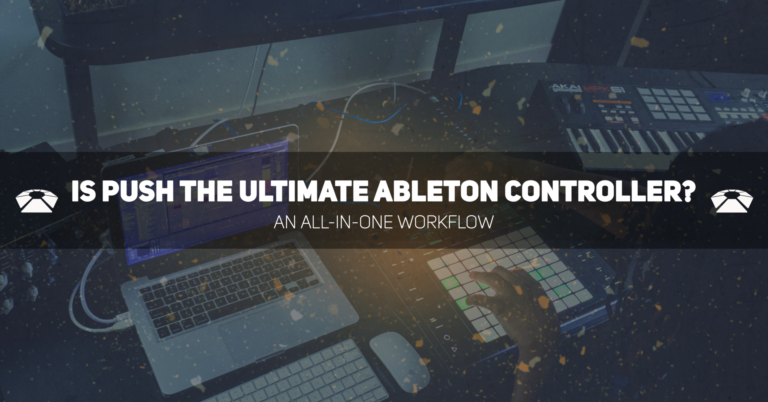
Balling On A Budget: Getting the Most Out Of Your Home Studio
As modern music producers, we are blessed with many options for our creative tools and we all have gear we dream of being able to work with. While higher quality gear gives you higher quality sounds right out of the gate, it is not the missing ingredient of your music creation. YOU are the most important ingredient! An intimate knowledge of your setup and the sounds it gives you will take you further than an expensive piece of gear. Knowing your setup will also translate to understanding any other setup, and implementing expensive gear whenever you’re able will be the icing on the cake. Below we’ll cover some budget options to get your home studio up and running, as well as what to understand about the gear to get the most out of it.

Whether you have a laptop, tablet, or smartphone there are DAW (Digital Audio Workstation) options out there. A DAW allows you to open project sessions in which you can create musical ideas, from rhythm elements, to harmony and melody. Many include the ability to record audio. On the free-to-cheap side, there are apps that provide very basic beat-making functionality, the most well-known is GarageBand. GarageBand actually offers a lot, including software instruments, presets, and samples and loops. Even though it’s free, it is used by some amazing songwriters to get their ideas down. Steve Lacy, of Grammy-nominated The Internet, actually placed a beat on Kendrick Lamar’s “Damn” he created on his iPhone with GarageBand. The most important thing is the ability to create with the sounds you want in the most fluid way. There are differences between layout and functionality of each and the more expensive the more you get, but this skill is mostly about studying your DAW and knowing how to make it work for you. Others to check out are Ableton (3 versions of the program from $99-$749), Pro Tools ($24.92/month or $599 plus a $99 yearly renewal fee), or FL Studio (starting at $99).
To record audio you’re going to need an interface (for most microphones) – this is the middleman through which audio travels from a microphone into your DAW. Using the built-in mic on your device is an option but this will be very limited in terms of quality. It’s better to spend a bit of money – cheaper options like the Lexicon Alpha $49.95 will get you started – but if recorded audio is going to be a major part of your music it might be worth it to spend more. If you record a low-quality signal there’s not much to be done about it. However, if this is your only option, learn how to it this to your advantage in creating your sound. Others on the cheaper end of the spectrum include the Focusrite Scarlett 2i2 ($149.99) and the Apogee One for Mac ($249.00). These will give you quality recordings that with proper processing and mixing can sound professional.

Microphones are an incredible tool that will shape the sound of your recording. For us on budgets though, remember the performance captured by the microphone is the most important. You also want to know both the room in which you are recording and where to place the microphone in relationship to the instrument being recorded. No matter what type of microphone you have, if you know how to work with all of those variables, you will be able to capture great audio. A very common inexpensive mic that has been used on some legendary recordings on various instruments is the Shure SM58 ($99). Some bands have used only this microphone to capture the entire drum kit and spent hours finding the perfect placement in the room to get the sound they want. Another option that connects directly to your smartphone is the Shure Motiv MV88 ($149.99), or connect directly to your laptop with a USB mic like the Blue Yeti Studio Condenser ($149.99). Both of these options will allow you to circumvent an interface and their recording quality is impressive.
Finally, you’re going need to listen back to your productions. There are many speaker and headphone options all over the price spectrum. The most important thing about your playback system is understanding what you are hearing. How do your favorite songs sound on this system? If you have an understanding of that, you can mix your own music. Also, if you make something sound fire on low-quality speakers you know it’ll sound fire on better speakers.
[divider style=”clear”]
[layerslider id=”26″]








0 responses on "Balling On A Budget: Getting the Most Out Of Your Home Studio"